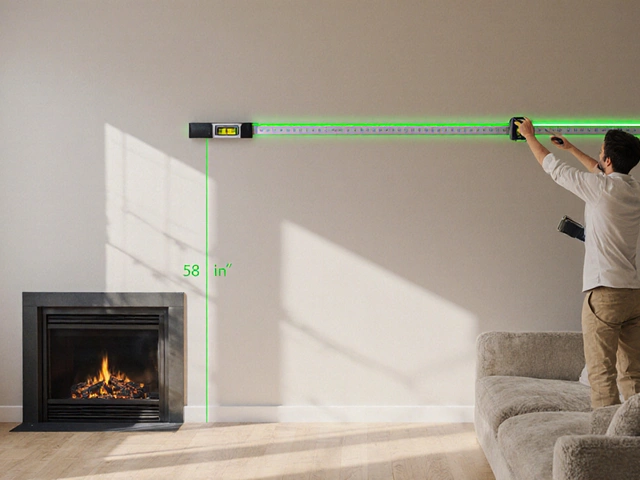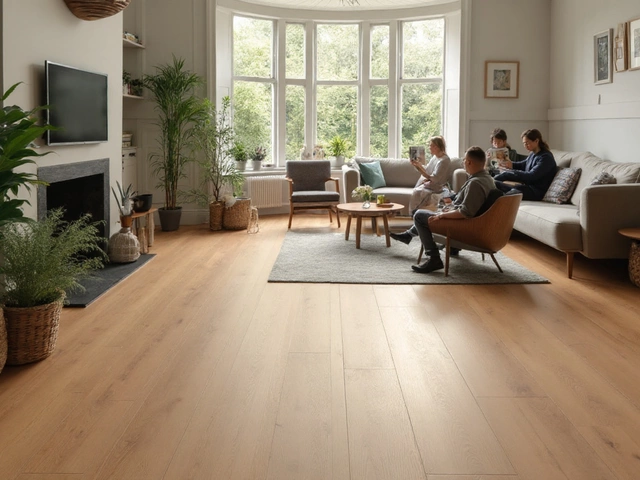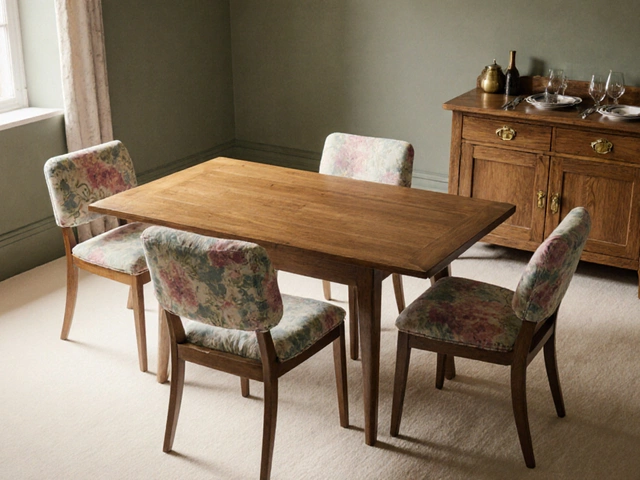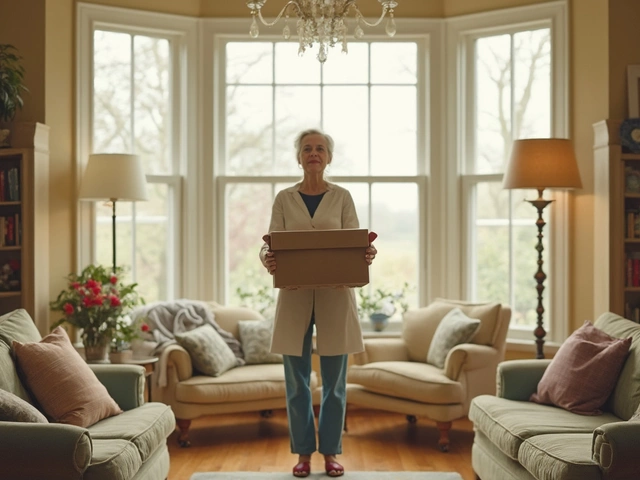Creative Career Guide: From Passion to Profession
Ever wonder how to turn your eye for colour, texture and space into a real paycheck? You’re not alone. Many design lovers think the industry is out of reach, but the truth is, a creative career in interiors is more accessible than you might think.
First, stop treating design as a hobby only. Treat every room you style, every mood board you create, as a piece of your future portfolio. Those everyday experiments become the evidence future employers or clients need to see you can solve real problems.
Finding the Right Role in Design
There are more routes into the field than just the classic “designer” title. You could start as a design assistant, a visual merchandiser, a CAD drafter, or even a social‑media manager for a design studio. Each role teaches a different skill set—project coordination, client communication, technical drawing—while letting you stay close to the visual side you love.
Consider which environment fits you best. Large firms offer structure and mentorship, while boutique studios give you broader responsibilities early on. If you crave flexibility, freelance work lets you pick projects that spark you, though it means juggling invoices and self‑promotion.
When you’re searching for jobs, use keywords like “interior design assistant,” “design coordinator,” or “home styling consultant.” Filter for entry‑level positions if you’re just starting out, and don’t overlook internships—those short stints often turn into full‑time offers.
Building a Portfolio That Gets Noticed
Your portfolio is the shortcut to any interview. Skip the endless PDF and go for an online site that’s easy to navigate on phones and desktops. Show a mix of personal projects, client work (with permission), and any school assignments that demonstrate your process.
For each project, include a brief brief—what was the challenge, what solutions you proposed, and the end result. People love a story; it helps them picture you solving real problems. Add high‑quality photos, sketches, and before‑after sliders to make the transformation clear.
Don’t forget to highlight soft skills. Did you manage a budget, coordinate contractors, or meet a tight deadline? Those details reassure hiring managers that you’re more than just a pretty‑eye.
Update your portfolio regularly. Even a small kitchen refresh you did for a friend can become a case study if you document the process. Consistency shows growth and keeps your work fresh in the eyes of recruiters.
Beyond the portfolio, build a network. Join local design meetups, attend webinars, and participate in online forums. A simple comment on a fellow designer’s Instagram post can turn into a collaboration or a referral later on.
Lastly, keep learning. Short courses in 3D rendering, sustainable design, or project management add new tools to your toolbox and make you stand out. Many platforms offer free trials, so you can test before you commit.
Turning a creative passion into a career isn’t magic; it’s a series of small, intentional steps. Identify a role that matches your lifestyle, showcase your work with a clear, story‑driven portfolio, and stay curious about new skills. Follow these steps, and you’ll find yourself not just dreaming about design, but actually getting paid to live it.






